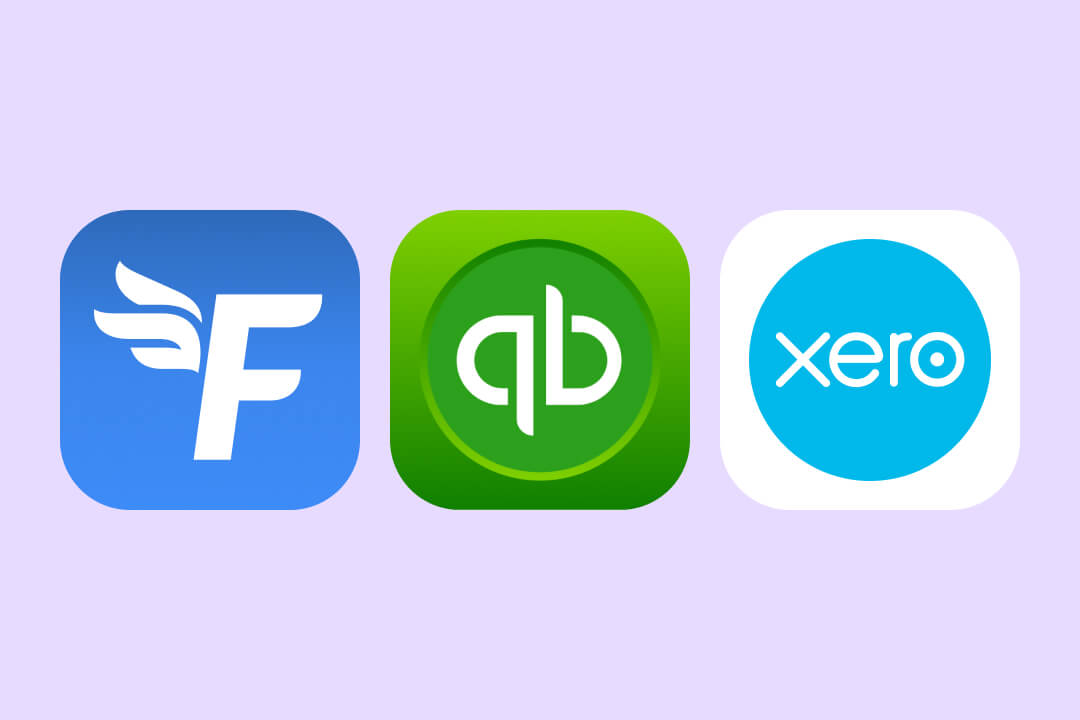
Business
A round-up of accounting software options for Starling business customers
24th May 2024
26th May 2023

“As a family, we didn’t push ourselves out of our comfort zone very often,” says Sally Paley (pictured above left). The menstrual cup business she started with her sister Ruth Young (pictured above right) has changed this for good. The sisters are first time entrepreneurs and have started their business, pic&sis, with their savings.
Menstrual cups are silicone bell-shaped period products that can be used instead of tampons or pads. “It’s a really simple product and it’s got loads of benefits,” says Sally.
“It’s cost-effective, you can use it for ten years, there’s no odour, no toxins, it’s hypoallergenic and you can wear it for up to 12 hours at a time. The only difficult thing is getting over that mental hurdle of trying a new product.”
Sally, 38, quit her London-based job in the art world to set the business up, while Ruth, 43, has continued working four days a week in her role with local councils in Hertfordshire on waste management. Sally’s background is in marketing, meaning that their combined experience is a perfect pairing when it comes to the challenge of making menstrual cups more mainstream.

Pic&sis launched in January 2023 and is a Starling business customer. “It’s great that there’s a more green and sustainable background to Starling and we love being able to choose custom date ranges to look at our spending.”
“Before we launched, we did a survey of about 200 people, some of whom used menstrual cups, others who didn’t. We used the feedback and results to create our marketing strategy,” says Sally.
“The main thing we came across is that people think menstrual cups will be messy. So we’ve tried to do silly things on Instagram with people wearing a Hazmat suit to change their menstrual cup, which is so far from the truth, to break down some of the fear people have,” she says.
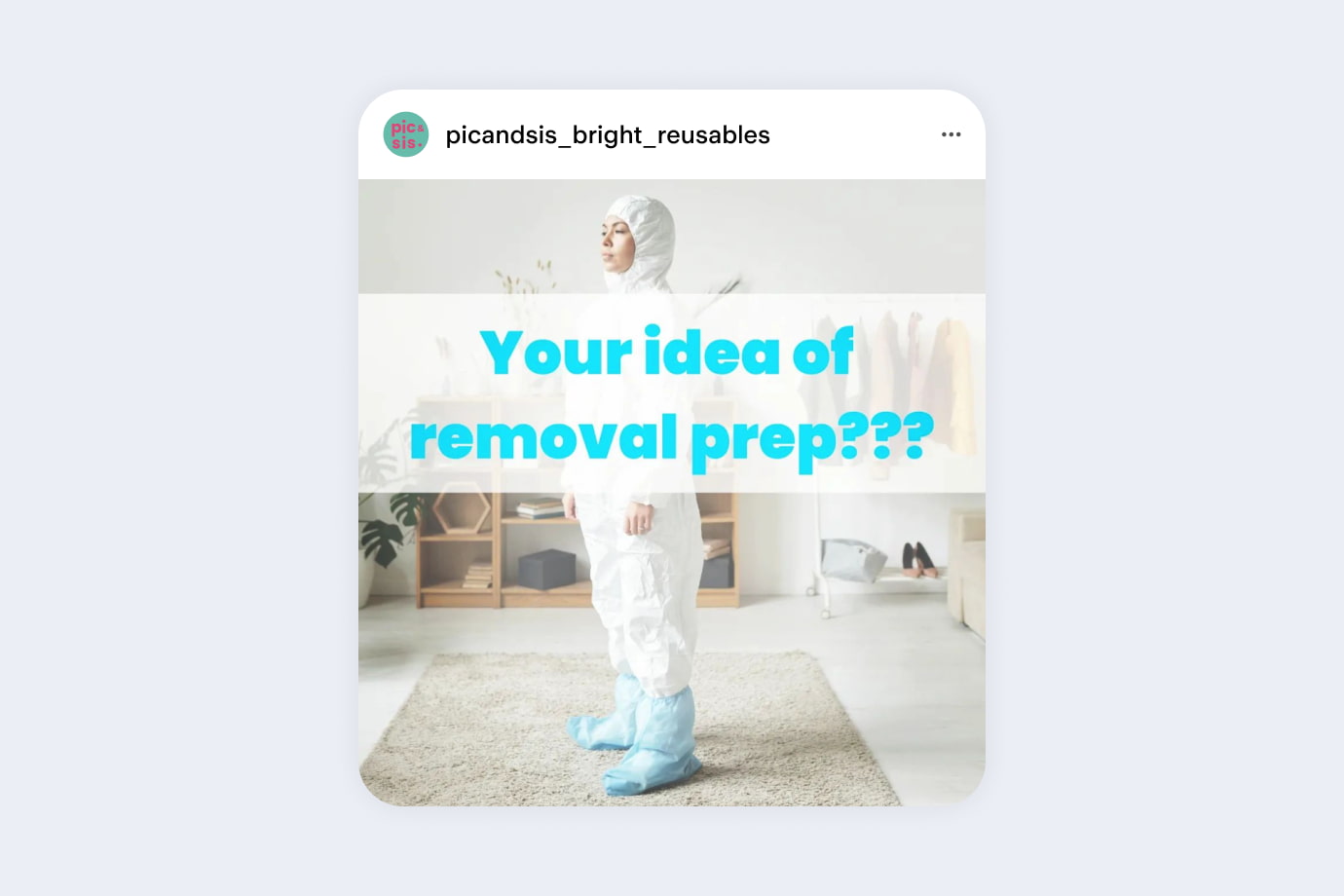
“The removal is probably the trickiest part. So if you can reduce the number of times you need to do that, and do it when you’re at home and relaxed, that can help you get used to it. A hack that I’ve found is to take it out in the morning in the shower, wear it all day and then take it out again at home in the shower in the evening. You can wear it for up to 12 hours.”
Ruth adds: “Both of us play netball and tennis and swim and it’s really good for sport because you can wear it for longer than tampons.” Ruth was the one who first encouraged Sally to try using a menstrual cup. As someone working in the waste industry, she had been aware of menstrual cups and used one for years.

“It’s crazy that we throw away so many sanitary products,” says Sally. “The Absorbent Hygiene Products Manufacturers’ Association (AHPMA) found that women in the UK use an average of 11,000 disposable menstrual products during their reproductive lifetime. Whereas we could just use four menstrual cups.”
When it comes to the environmental benefits of using a menstrual cup, Sally and Ruth position this as an added benefit, rather than the sole reason to use one. As Sally says: “We don’t want to be too preachy or follow the narrative that by changing one thing you can save the world. We want to make it fun and use tongue-in-cheek messages and bright branding to get more people engaged.”
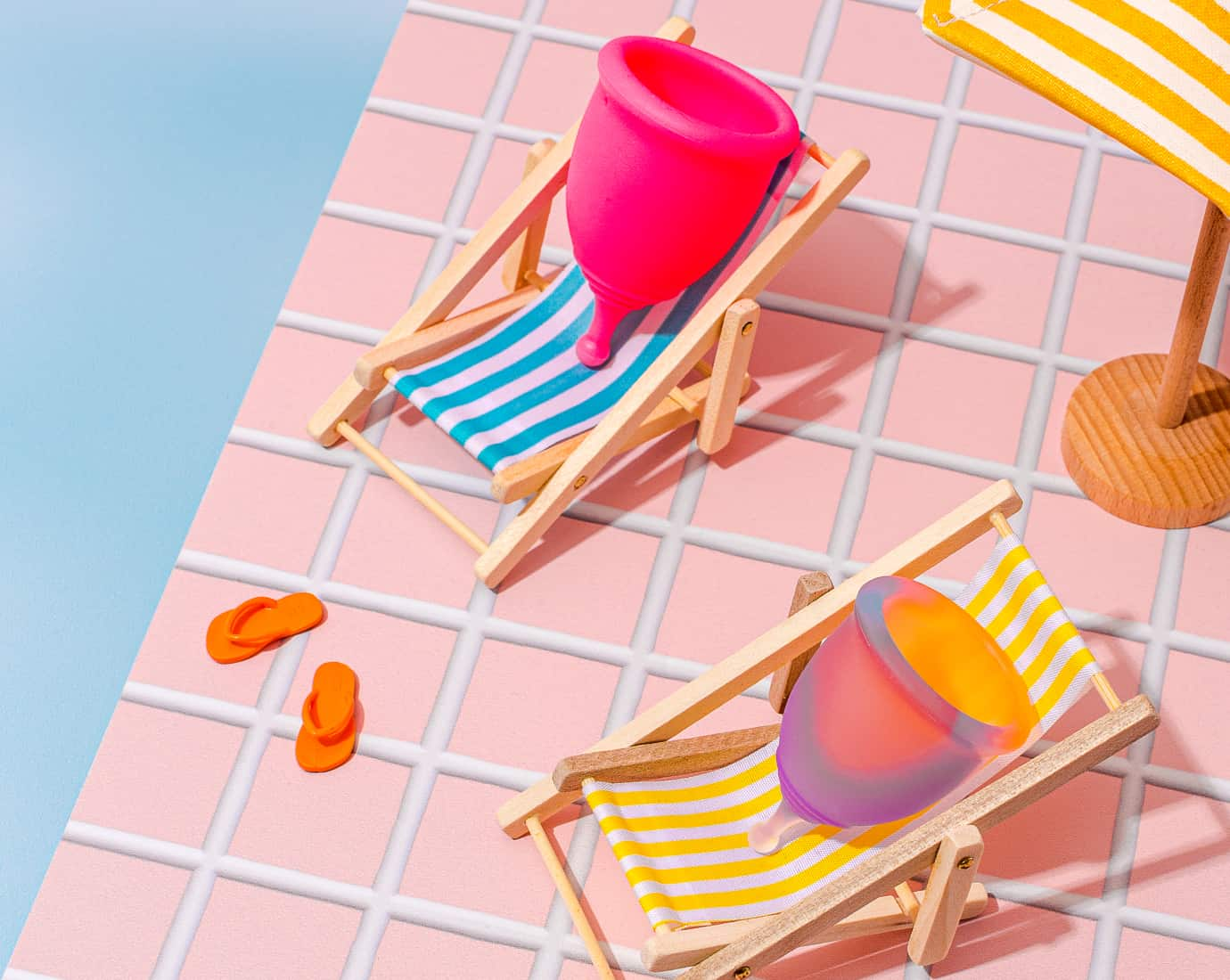
Education is a big part of their strategy. “Doing this has made us reflect on where period education comes from - school, our mums or primary caregivers, other brands. There isn’t a big brand that’s got behind menstrual cups, which is why we share lots of educational information on our social media channels and website,” says Ruth.

When it comes to differentiating from other menstrual cup products, it’s all about their branding, which Sally takes care of. “Like tampons, there isn’t much difference between products sold by different brands. What makes us different is the way that we’re presenting it and how we’re supporting people and breaking down the taboos.”

Business
24th May 2024
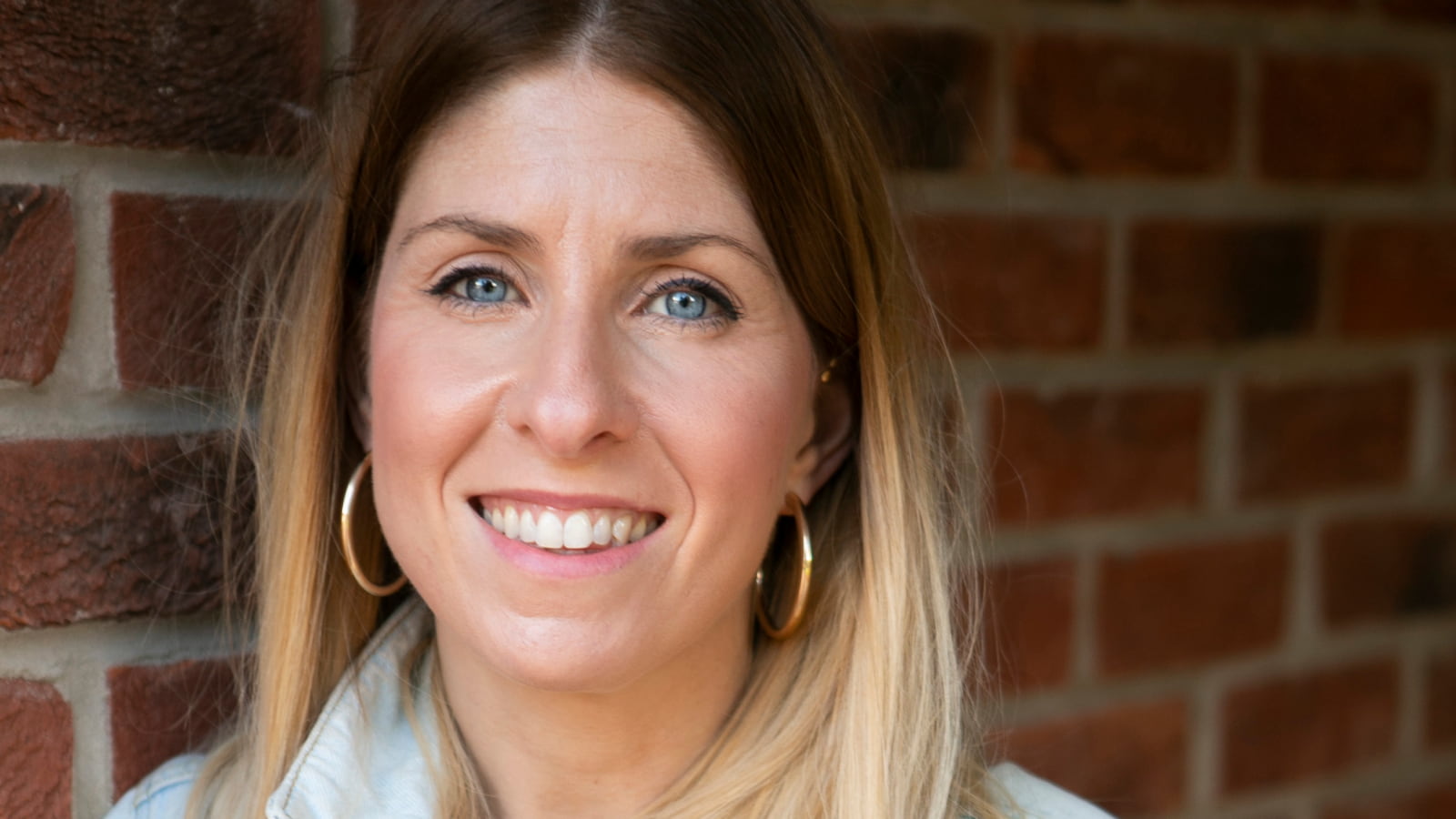
Business
8th February 2024
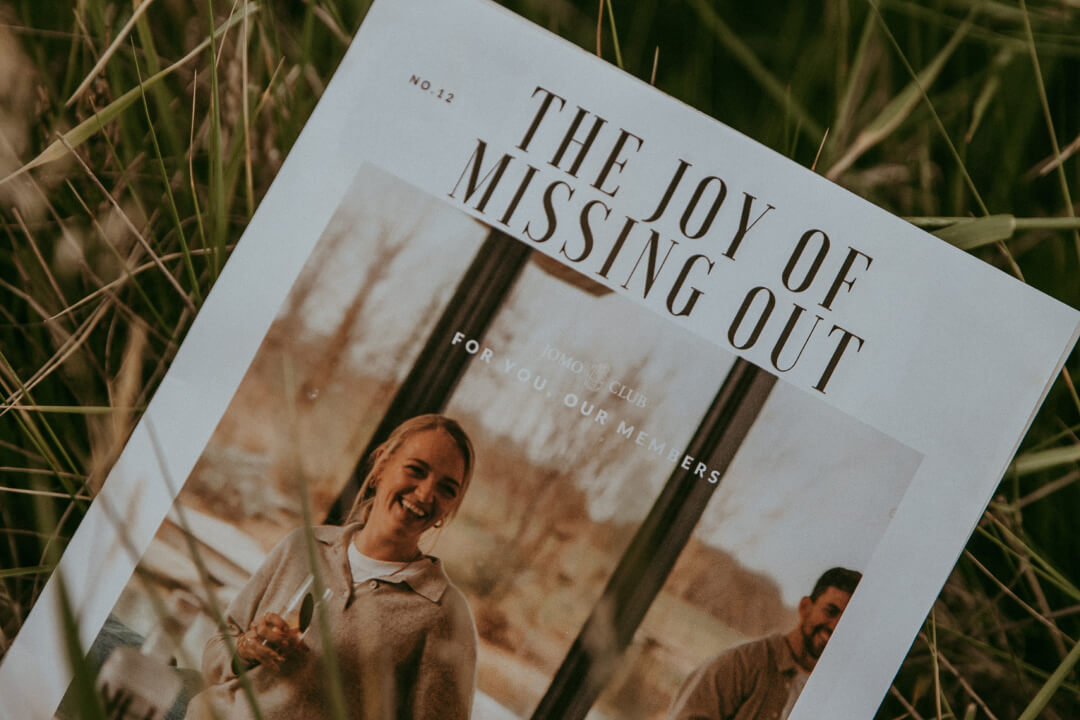
Business
8th January 2024

Money Truths
12th December 2024
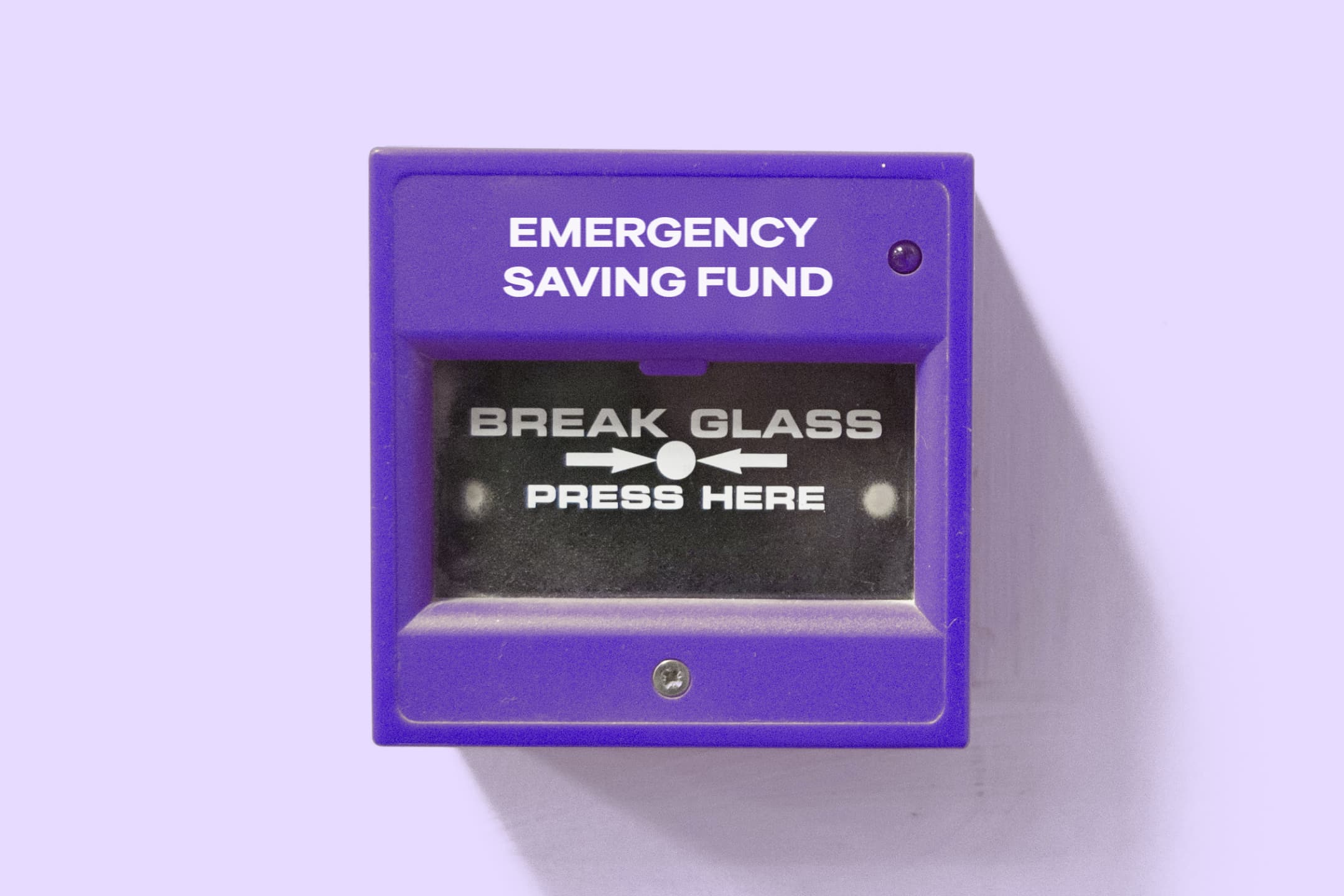
Money Masters
3rd December 2024
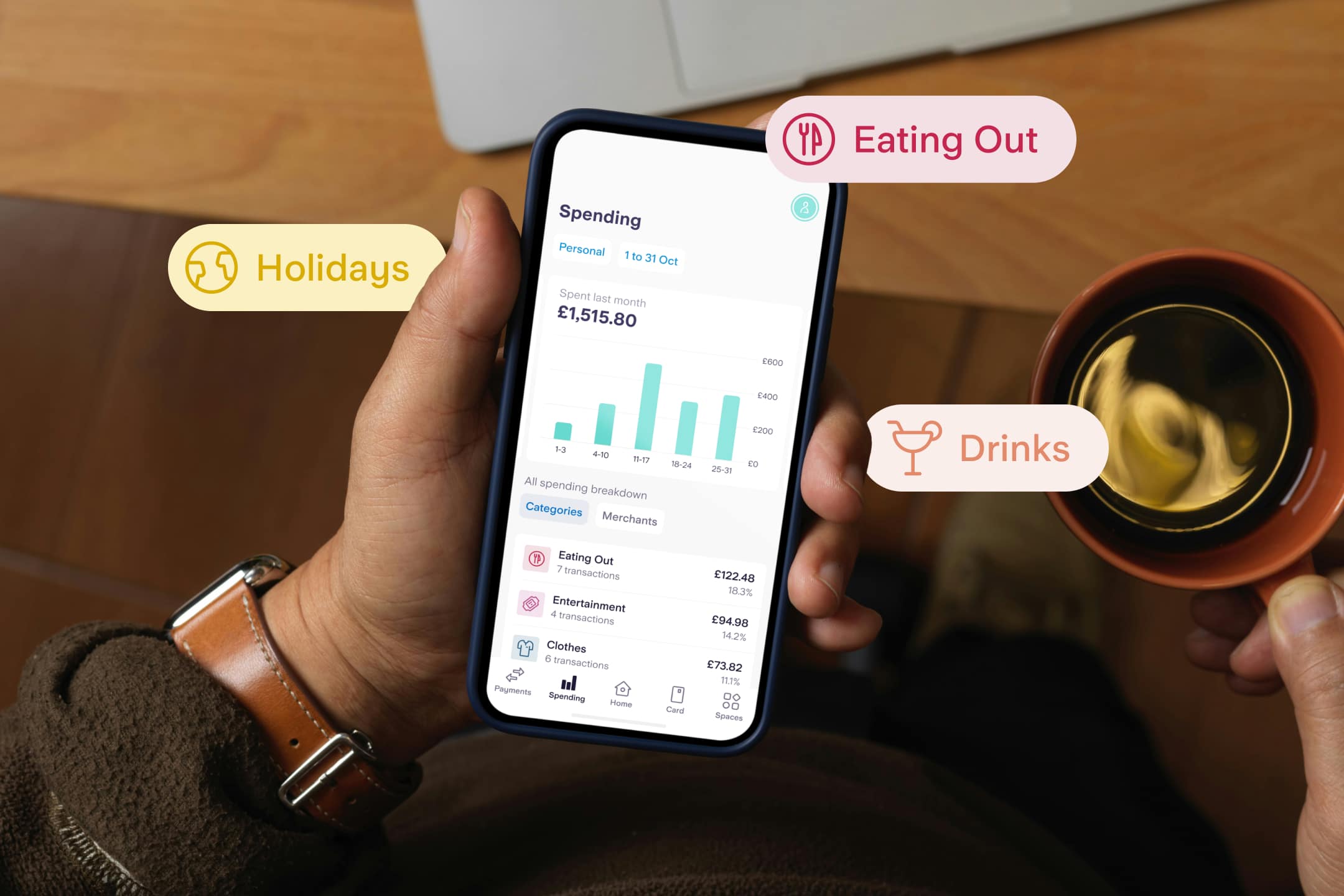
Money Masters
3rd December 2024